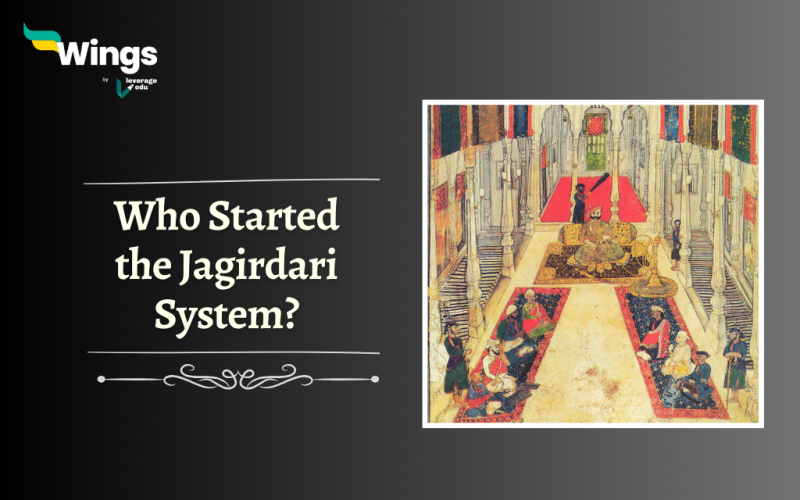The Jagirdari System was a form of feudal land grant system prevalent in medieval India, where jagirdars were assigned land revenue rights by the ruling monarch in exchange for military or administrative services. The jagirdars, also known as zamindars or sardars, were responsible for collecting revenue from the peasants and maintaining law and order in their respective jagirs. But have you ever wondered who started the jagirdari system in India? Come let’s decipher the answer to this question.
Table of Contents [show]
Introduction of Jagirdari System in India
The Jagirdari system was started by the Delhi Sultanate in the 13th century, as a way to reward military officials for their services in the early medieval period.
- It was further developed and expanded by the Mughal Empire under Mughal Emperor Akbar in the 16th century.
- Akbar introduced various reforms to make the Jagirdari system more efficient and to ensure that the rights of the peasants were protected.
- The system was based on the concept of granting land revenue rights to nobles and officials in exchange for their services to the state.
The Jagirdars, or the recipients of the Jagirs, were responsible for collecting land revenue from the peasants and forwarding it to the state treasury. The Jagirdari system created a hierarchical structure within the Mughal administration, with the Emperor at the top and the Jagirdars at the local level. But the jagirdars were appointed based on their loyalty and administrative capabilities, rather than hereditary succession.
Also Read – Mansabdari System: Origin, Features, Structure and More
Decline of Jagirdari System
During the Mughal Empire, the jagirdari system persisted, but with a variation. The jagirdar was responsible for collecting taxes, which covered their salary and contributed to the Mughal treasury, while a separate Mughal appointee handled administration and military authority. Following the downfall of the Mughal Empire, the Marathas, Charans, Rajput, Rajpurohit, Jat, and Sikh Jat kingdoms retained the Jagir system.
However, the system started to decline in the 18th century due to various factors such as corruption, inefficiency and the rise of British colonialism in India. The British East India Company introduced their own land revenue systems, like the Zamindari system, the Ryotwari system and the Mahalwari system which gradually replaced the Jagirdari System.
Relevant Blogs
This was all about who started the Jagirdari System. If you want to know more about topics like this, then visit our general knowledge page! Alternatively, you can also read our blog on general knowledge for competitive exams!
 One app for all your study abroad needs
One app for all your study abroad needs















 45,000+ students trusted us with their dreams. Take the first step today!
45,000+ students trusted us with their dreams. Take the first step today!
